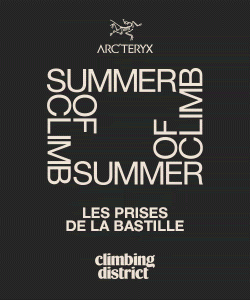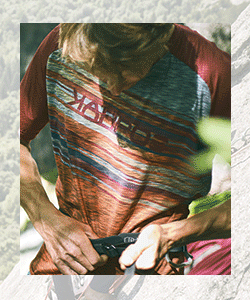Perceptual-motor skills in climbing: expertise and learning

During the 4th Congress of the International Rock Climbing Researchers Association this summer, Ludovic Seifert of University of Rouen Normandy, France, presented an overview of the perceptual-motor skills used by climbers. And how they could be learned and optimized.
Ludovic Seifert spoke about perceptual motor skills in climbing along side many of the world’s top researchers and coaches during this five-day event. The 4th International Rock Climbing Research Association Congress highlighted the latest results from world leading researchers in the field of rock climbing. The IRCRA 4th Congress was the last congress of the association before the Olympics in Tokyo 2020. This congress was an opportunity to share the state of art regarding the research in climbing with an inter-disciplinary approach (humanities, social sciences, life sciences, engineering, etc.).
Perceptual motor skills in climbing
First, Ludovic Seifert highlighted how motor skills in climbing, i.e. climb-abilities (such as reachability, graspability and usability) could be assessed, learned and optimized through a constraint-led approach.
He proposed four indicators to assess behavioral regulation during the climb:
- Assessment of the climbing fluency using inertial measurement unit (IMU) or camera (from 2D to 3D; from single camera to multi-camera system)
- Differentiate exploratory versus performatory actions
- Detection of 5 states of activity by IMU located on feet, wrists and pelvis. Stationary (absence of limb and hip motion), hold exploration (absence of hip motion but at least one limb in motion), postural regulation (hip in motion but absence of limb motion), global motion (hip in motion and at least one limb in motion), transition between holds (when absence of hip motion but at least one limb in motion is followed by global motion)
- Detection of time spent on 1 to 4 supports by using instrumented holds system.
Second, he presented the visual-motor skills. And notably the visual search behaviors occurring during pre-ascent inspections of a route and during the climb. He emphasized how focusing on functional (vs. structural) features of the environment, i.e. useful informational variables for action, could help to optimize perceptual-motor skills and climbing performance.










